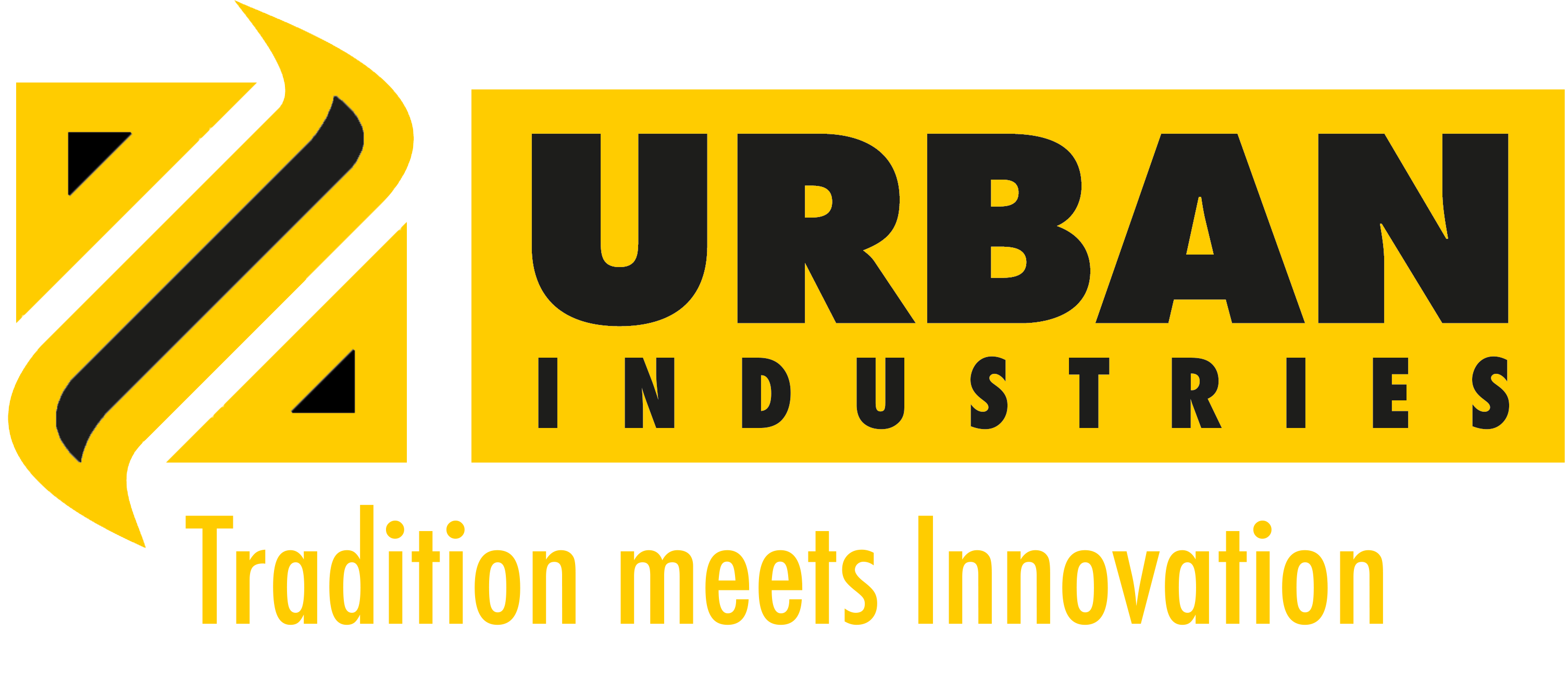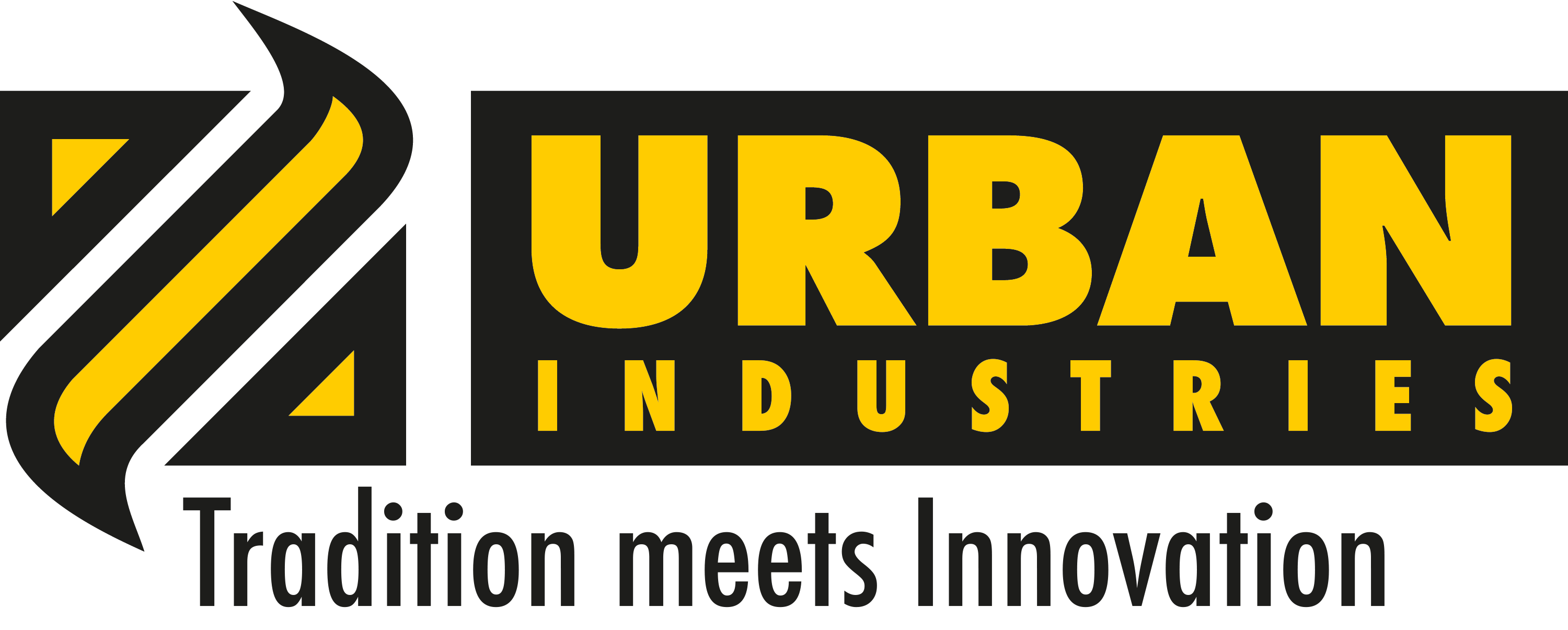Housing for radar systems
Protection and stability for radar technology
Enclosures for radar systems are essential for the efficient and safe operation of modern radar technology. These protective housings and carriers offer protection against environmental influences, physical stress and electromagnetic interference.
What are housings for radar systems?
Enclosures for radar systems are specially developed structures that safely house and stabilize radar technology. They serve as physical protection and support for large-scale radar systems used in various application areas such as aerospace, military, logistics and weather monitoring.
The main functions of housings for radar systems are:
- Protection
- Load capacity
- Thermal management
Prevent damage caused by weather, mechanical effects and electromagnetic interference.
Support and stabilize large radar antennas and modules.
Regulating temperatures to ensure optimum functioning of the radar technology.
Materials for housings for radar systems
The choice of materials is crucial in order to meet the specific requirements of modern radar systems. Typical materials are
- Aluminum
- Composite materials
- Stainless steel
- Special coating
Lightweight, stable and corrosion-resistant – ideal for mobile systems.
Combinations of glass fiber, carbon fiber and plastic9 for maximum electromagnetic shielding.
Robust and resistant to extreme weather conditions.
Weather and UV-resistant coatings protect the housings from wear and tear.
The materials are often combined in layers to achieve a balance between weight, protection and cost.
Enclosures for radar systems are used in a wide range of applications:
Enclosures for radar systems are used in various industries and applications:
- Military radar systems
- Air traffic control
- Weather radar
- Automotive industry
Protection of surveillance and targeting radars against external influences and attacks
Stabilization of large-scale radar systems for monitoring aircraft movements.
Protecting weather forecasting and climate research systems from environmental influences.
Enclosures for radar systems in autonomous vehicles that protect against dust, water and impact.
Construction of housings for radar systems
The construction of housings for large-area radar systems requires precision and advanced technology:
- CAD design
- Shock absorption
- Thermal management
- Modular design
Computer-aided planning ensures precise integration of the radar systems.
Built-in damping systems protect the sensitive radar components from vibrations and shocks.
Ventilation systems and heat dissipation ensure an optimum operating temperature.
Facilitates transportation and installation, especially for mobile radar systems.
Advantages of modern housings for radar systems
- Robust protection
- Flexibility
- Longevity
- Ease of maintenance
- Optimum performance
Enclosures protect sensitive radar technology from physical and electromagnetic stresses.
Enclosures can be individually adapted to different radar systems and applications.
High-quality materials and coatings ensure a long service life.
Modular enclosures make it easier to repair and replace components.
Enclosures contribute to the stability and precision of radar systems.
Future trends in housings for radar systems
The development of housings for radar systems is driven by new technologies and requirements:
- Lightweight construction
- Intelligent housings
- Sustainability
- Extended shielding
Use of even lighter and more robust materials such as nanocomposites.
Integration of sensors for self-diagnosis and monitoring of the radar systems.
Use of recyclable materials and energy-e9cient production methods.
Advanced technologies for shielding against electromagnetic interference (EMI).
Design challenges
The design of housings for large-area radar systems faces several challenges:
- Weight management
- Costs
- Complexity
For mobile systems in particular, the housing must not increase the overall weight excessively.
High-quality materials and precise manufacturing are cost-intensive.
The integration of modern radar technology requires close coordination between housing and system design.
Conclusion
Enclosures for radar systems provide essential protection and stability for modern radar technology. Whether in military technology, air traffic control or weather research – these protective housings ensure the durability and performance of radar systems. With innovative materials, precise construction and new technologies, housings for radar systems remain a central component of modern technology.

